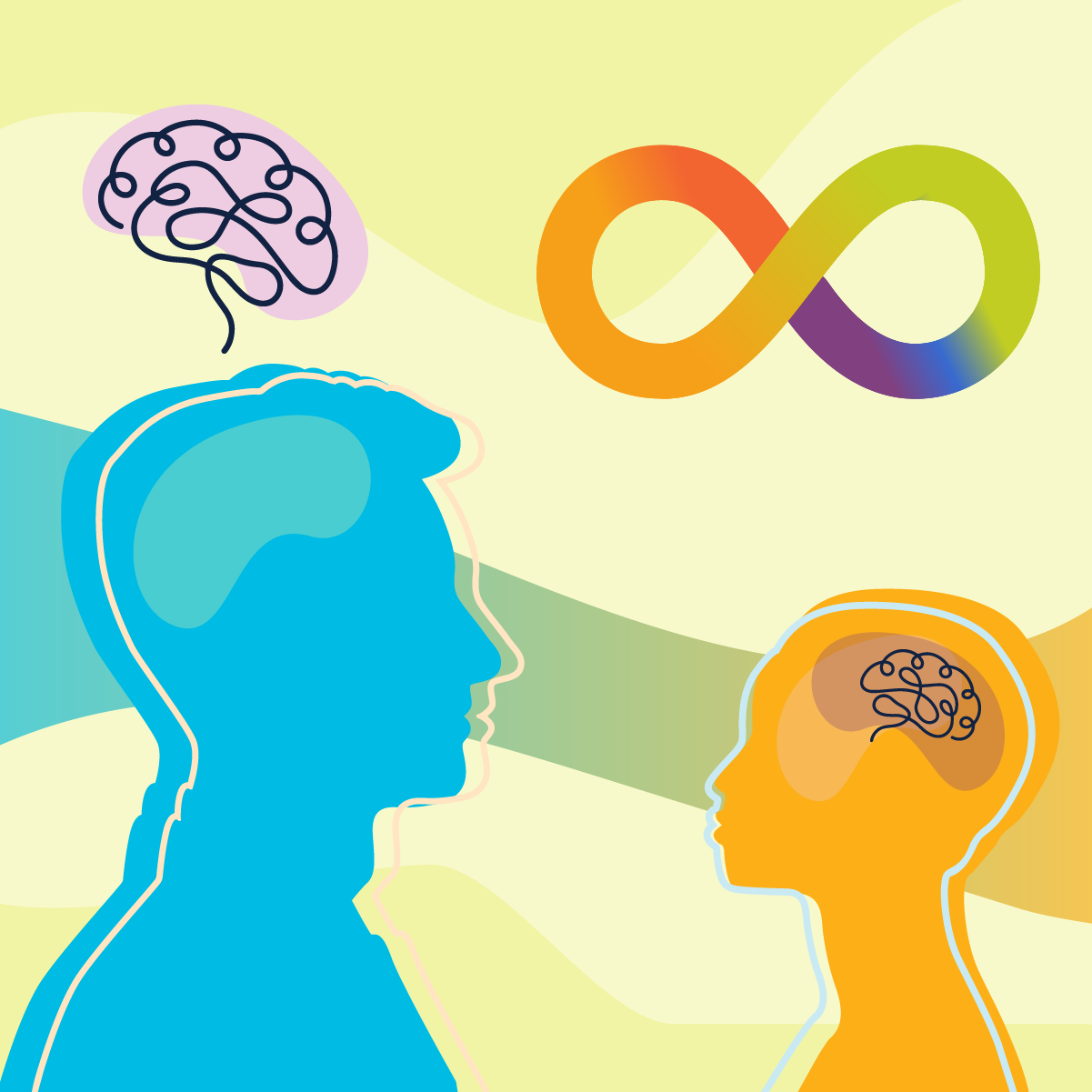by Pardis Khosravi, PsyD, Clinical Director, Catherine T. Harvey Center for Clinical Services, CHC
 The holiday season is a time filled with excitement, warmth, and joy, but it can also present challenges for children with autism. As we navigate this festive time, it’s essential to approach it with sensitivity and understanding.
The holiday season is a time filled with excitement, warmth, and joy, but it can also present challenges for children with autism. As we navigate this festive time, it’s essential to approach it with sensitivity and understanding.
Create a positive holiday experience for children with autism
1. Prepare in advance: Setting the stage for success
Providing information in advance about any upcoming changes or events during the holiday break can make a significant difference. Consider using visual schedules or social stories to help your child understand and prepare for new experiences. This proactive approach fosters a sense of predictability, which is often comforting for children with autism.
2. Maintain consistency: A foundation of security
Consistency is key, especially for daily activities like meals, bedtime, and sensory breaks. Aim to maintain a level of routine during the holiday season to provide a sense of security for children with autism. Familiarity in daily rhythms can help them navigate the changes that come with the festivities.
3. Create a safe space: A calming refuge
Designate a quiet space where your child can retreat if they need a break from sensory stimulation or social interactions. This safe space serves as a calming refuge during busy holiday gatherings, allowing them to recharge when needed.
4. Communicate clearly: Concrete information is comforting
Clear and concise communication is essential. Avoid vague language and provide concrete information about plans, expectations, and any changes to the routine. This straightforward approach helps children with autism feel more secure in their understanding of the holiday events.
5. Respect sensory needs: Mindful celebrations
Be mindful of your child’s sensory sensitivities, especially during gatherings. Communicate with hosts about potential sensory triggers and identify a quiet space where your child can take breaks if needed. Creating a sensory-friendly environment ensures a more comfortable holiday experience.
6. Offer visual supports: Enhancing predictability
Utilize visual supports such as schedules, charts, or social stories to help your child understand the sequence of events during the holiday break. Visual aids enhance predictability, offering a structured framework for navigating the festivities.
7. Provide transition warnings: Smooth transitions reduced anxiety
Offer warnings and cues before transitioning from one activity to another. This helps your child anticipate changes and reduces anxiety related to unexpected shifts in routine. Smooth transitions contribute to a more relaxed holiday experience.
8. Encourage social stories: Structured introductions
Create or use social stories to explain social expectations, holiday traditions, and potential sensory experiences. Social stories provide a structured way to introduce new concepts and events, helping your child navigate the holiday season with greater ease.
9. Involve them in planning: Empowering choices
Empower your child by involving them in planning holiday activities whenever possible. Providing choices and allowing them to contribute to decisions fosters a sense of control and promotes a positive holiday experience.
10. Monitor sensory input: Tailoring the environment
Pay attention to your child’s sensory input and adjust the environment accordingly. If possible, provide sensory-friendly options such as noise-canceling headphones, fidget tools, or weighted blankets to ensure their comfort during festive celebrations.
11. Stay flexible: Adapting to individual needs
While maintaining routine is important, be flexible and open to adjustments. Recognize when your child may need a break or when modifications to plans can better accommodate their needs. Embracing flexibility ensures a more enjoyable and stress-free holiday season for everyone.
Closing thoughts
Remember, every child with autism is unique, and these tips are meant to be adjusted to suit your child’s individual preferences and challenges. By approaching the holidays with empathy and a willingness to tailor support, you can create a festive atmosphere that accommodates and celebrates the uniqueness of each child.
If you need someone to talk to, we’re here to help. Call, email, or book a phone call for a free 30-minute consultation.
 Dr. Pardis Khosravi specializes in conducting comprehensive psychological evaluations and providing evidence-based psychotherapy to children, adolescents and transitional aged youth. She is passionate about psychological assessment as a tool to best understand each child’s strengths and weaknesses to empower the child and their family to utilize their strengths to increase resiliency and optimize academic, social and emotional functioning.
Dr. Pardis Khosravi specializes in conducting comprehensive psychological evaluations and providing evidence-based psychotherapy to children, adolescents and transitional aged youth. She is passionate about psychological assessment as a tool to best understand each child’s strengths and weaknesses to empower the child and their family to utilize their strengths to increase resiliency and optimize academic, social and emotional functioning.







